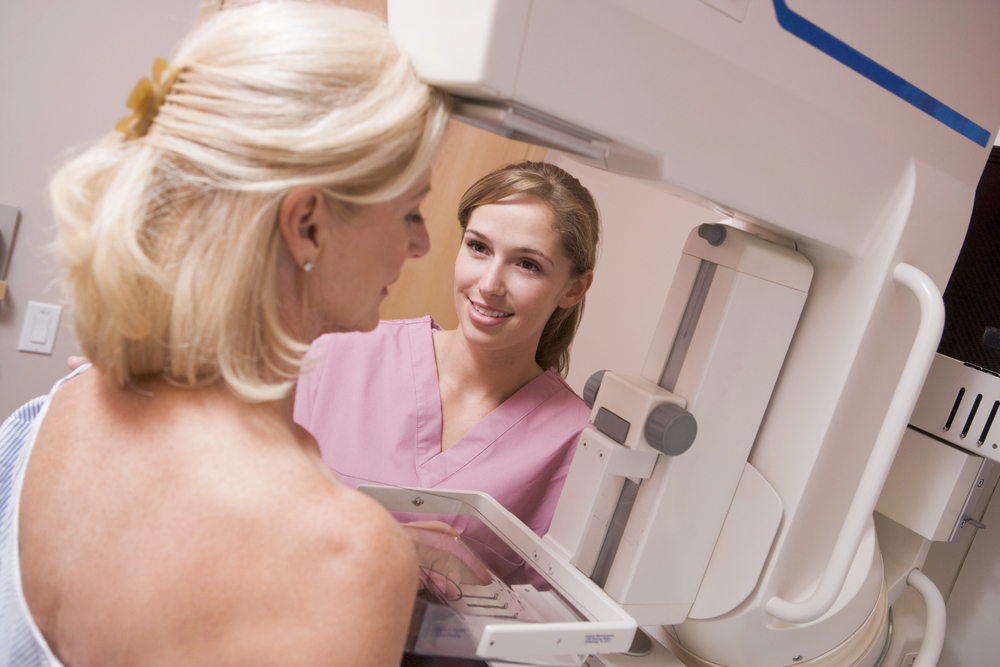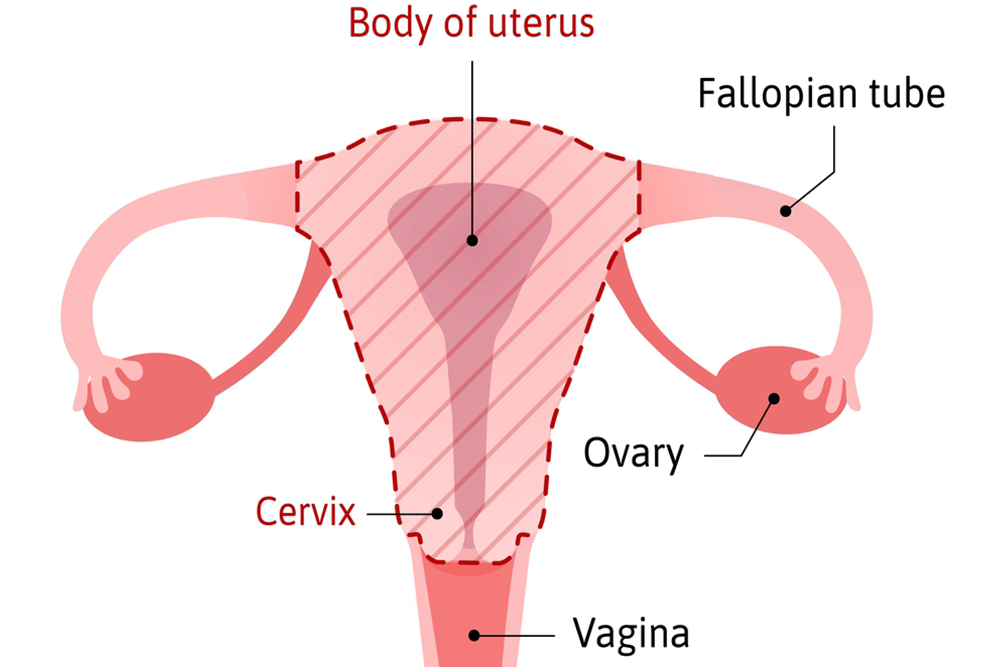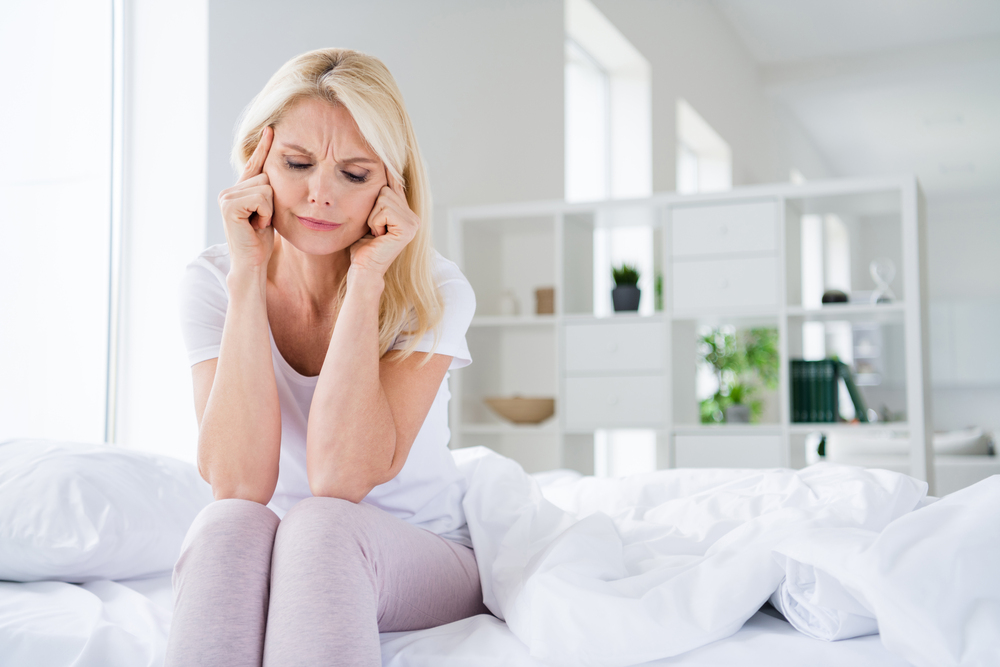
Understanding Your Mammogram Results
Interpreting mammogram results can be an emotional and confusing process for many women. These results...
Read MoreIf you’re a woman, you need to know about bone health. Women are disproportionately affected by osteoporosis, a condition that causes weak and brittle bones that can fracture easily. Osteoporosis didn’t get its name by chance -- it literally means “porous bone.” Bones may become so brittle that something as simple as coughing can fracture your ribs.
The following are several population groups most at risk for brittle bones and osteoporosis.
Of those individuals who have osteoporosis, 8 out of 10 are women. More than half of women over 50 will break a bone due to the disease. Women are more prone to osteoporosis than men for at least two reasons: Women’s bones are usually thinner and smaller than men’s bones, and women lose estrogen at menopause, which hastens bone loss.
Some ethnicities are more at risk for osteoporosis. Over half of Caucasian, Asian, and Latina women over the age of 50 are likely to have inadequate bone mass, a precursor to osteoporosis.
Close to a quarter of Caucasian women ages 60-69 and 40% of women over 70 have osteoporosis. A frightening 70% of those over 80 develop it. Men can also have osteoporosis, but they’re not at as high of a risk.
Your bones aren’t finished products that never change. In fact, bones are composed of tissue that continually grows, breaks down, and is replaced by new tissue. As you age, you don’t make enough new bone to replace the bone you lose. Your body no longer retains enough calcium and other minerals to create sufficient new bone, so you have less bone mass.
Your genes play a role, too. If a close family member has had osteoporosis, you’re more likely to get it also, especially if a parent had a hip fracture from the condition.
Your board-certified physician at The Women’s Center has you undergo a special type of X-ray called a DEXA scan which determines bone density and detects defects in bones. The painless scan takes pictures of your lumbar spine and hips.
Scientists have recently discovered that age-related defects in bone quality, such as brittleness, are just as important in contributing to bone fracture as bone loss that’s also age-related.
There are numerous things you can do to maintain your bone strength at any age.
For one thing, diet and exercise can help ward off bone loss and osteoporosis. Make sure you get sufficient amounts of calcium and vitamin D, which are building blocks for healthy bones. Milk, yogurt, and cheese are excellent sources of calcium and vitamin D. You can also get vitamin D from egg yolks and fatty fish, and your skin makes vitamin D when you have a bit of sun exposure. Your Women’s Center physician advises you on foods to eat and foods to avoid and also may recommend oral supplements.
Exercise is critical in building and maintaining bone strength. Weight-bearing exercise such as walking or jogging, as well as strength training, such as lifting weights or doing squats, is helpful in preventing osteoporosis.
Medication is available to help strengthen bones if diet and exercise aren’t working for you.
If you’re concerned about osteoporosis, call one of The Women’s Center offices or book an appointment online to discuss a DEXA scan.




Interpreting mammogram results can be an emotional and confusing process for many women. These results...
Read More
Hysterectomy, a surgical procedure involving the removal of the uterus, is often considered a last...
Read More
Menopause marks a significant transition in a woman's life, bringing about various changes that can...
Read More